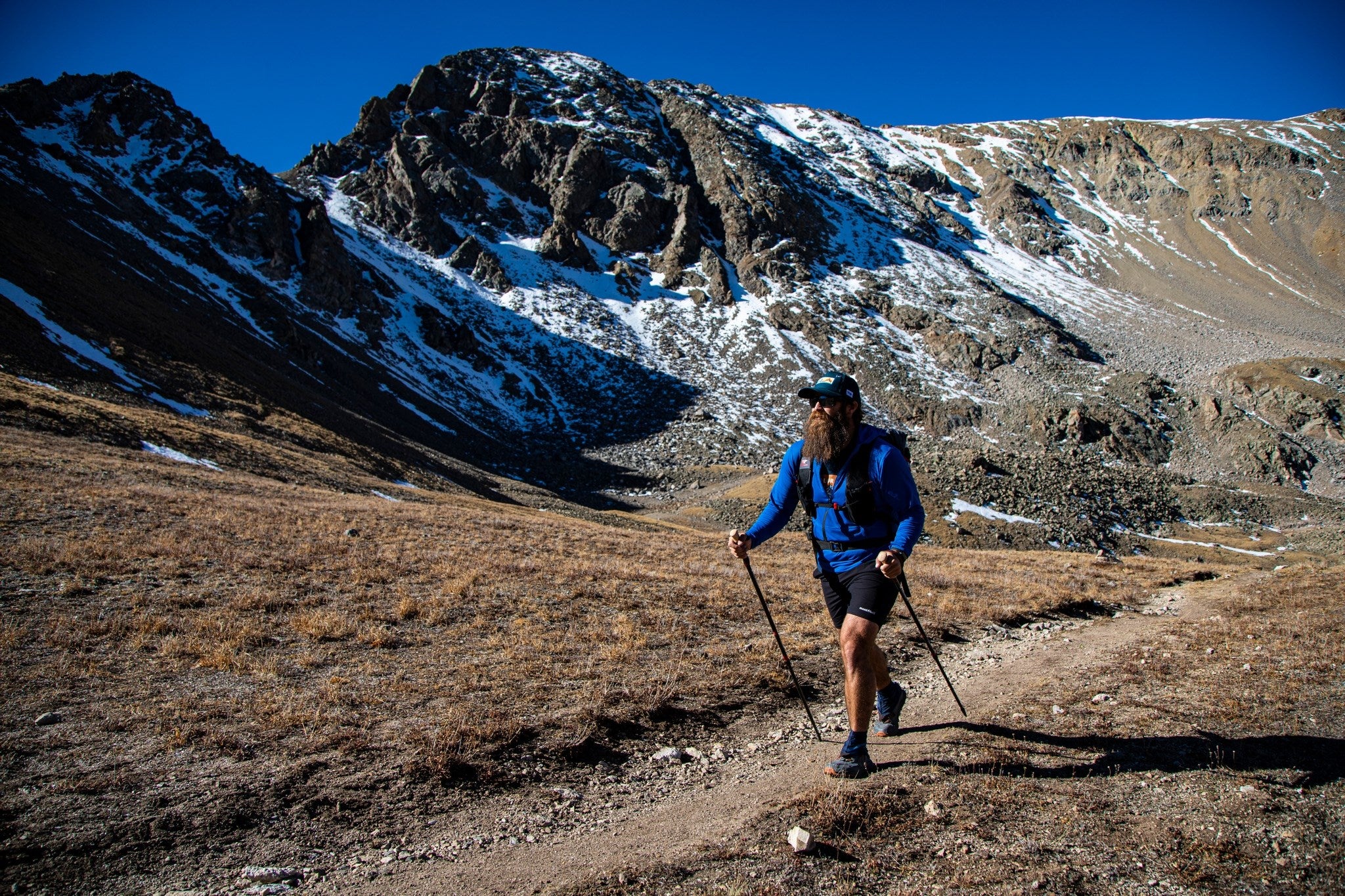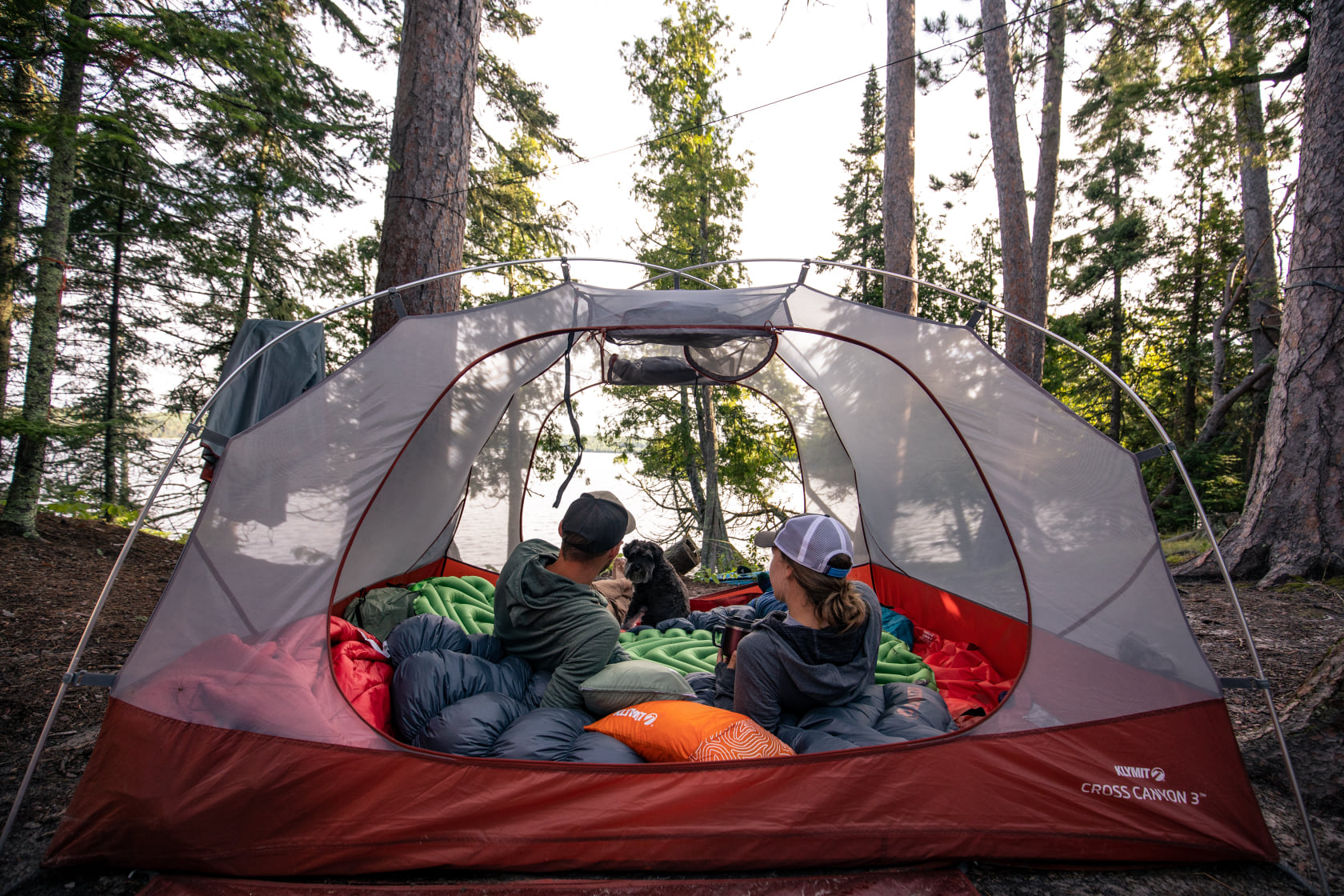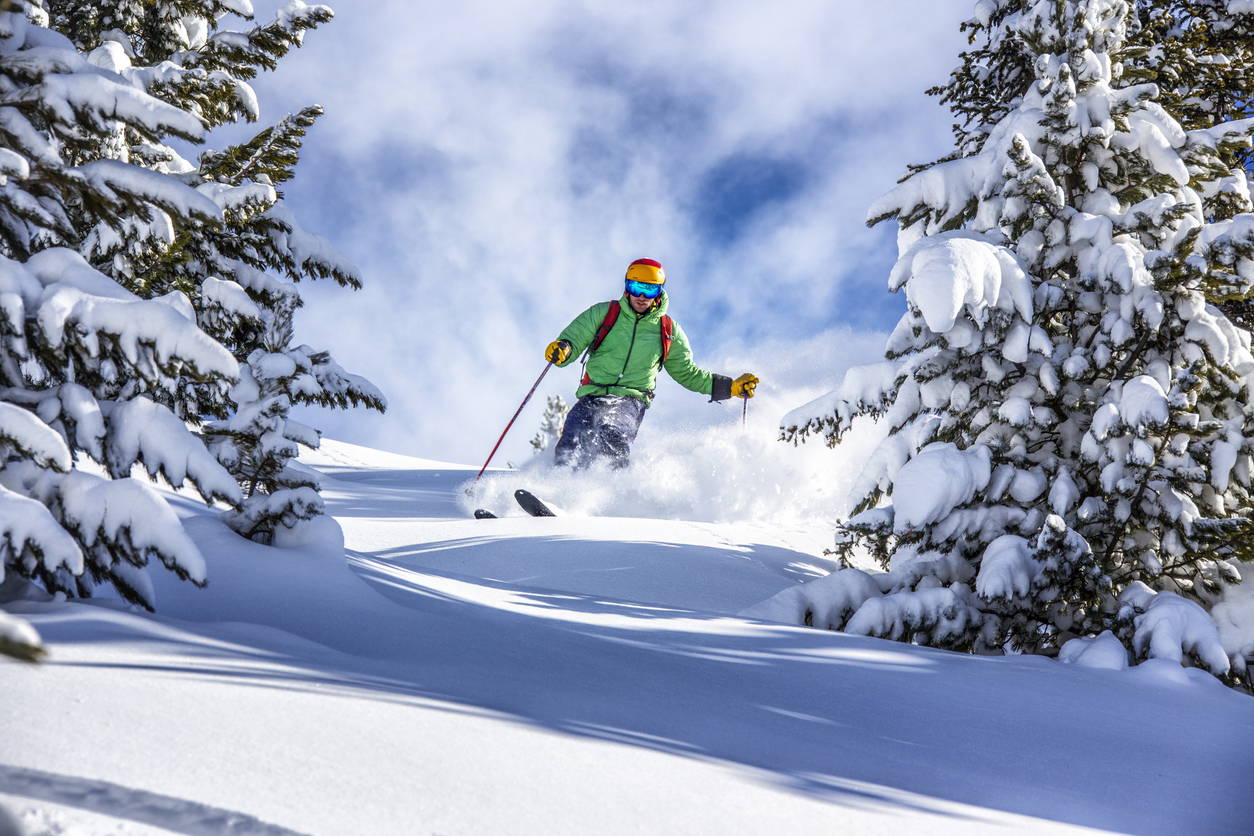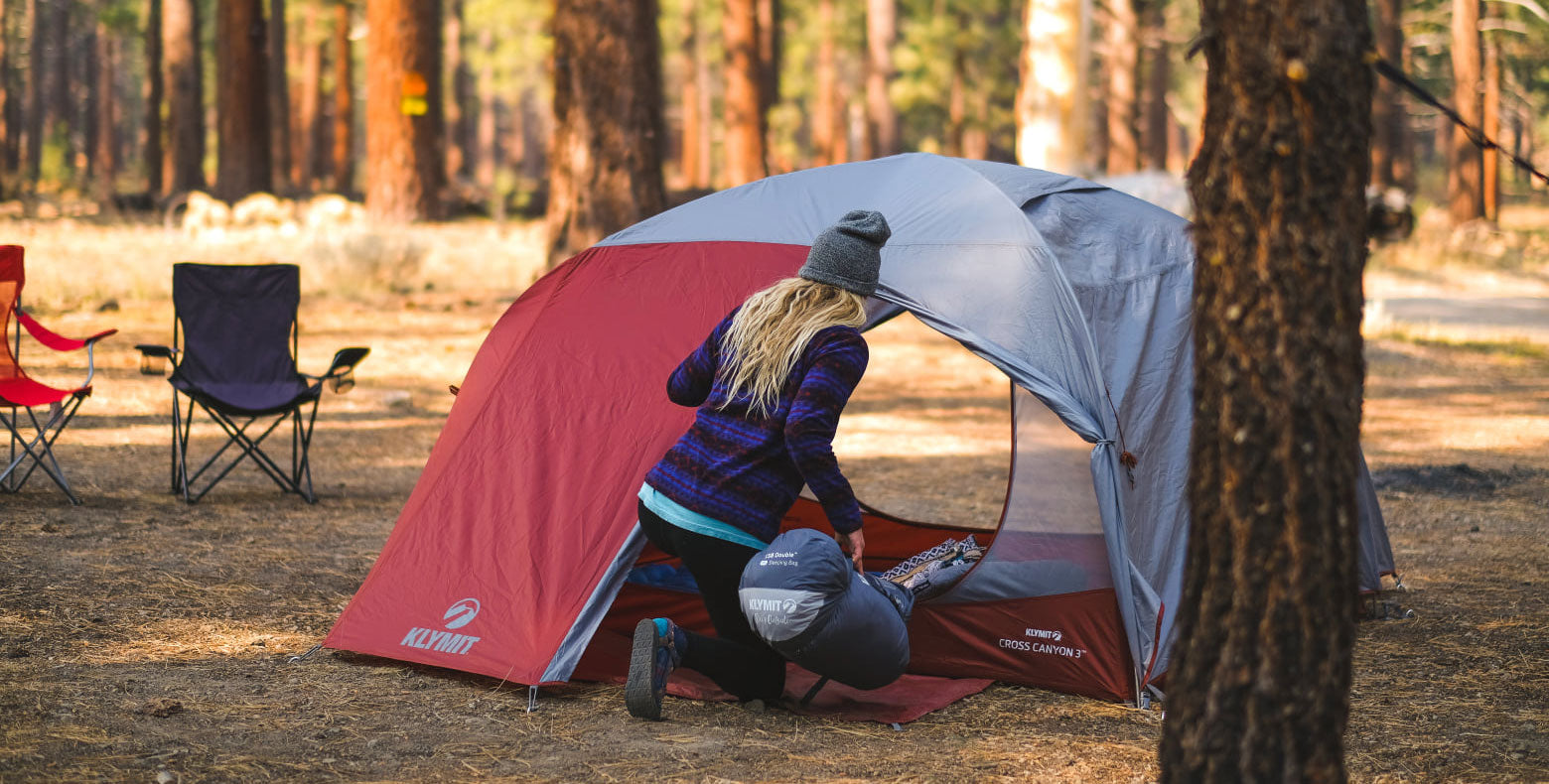
4 Basic Guidelines for Hiking Trails
Nature trails invite hikers to experience the beauty and tranquility of the wilderness. Throughout the years, especially during recent times, hiking trails have become increasingly popular among people of all ages. To preserve the peace that a trail can offer, hikers should follow these basic guidelines if hiking rules are not posted on the trail. The foundation of each etiquette rule is simple: respect nature and those around you.
Respect the Land
Maintain the integrity of the land by honoring the most important rule: Leave no trace. The only things you should leave behind on a trail are your footprints. Echoing the Marine saying, "Leave No Man Behind," whatever comes with you, must leave with you. This includes bio-degradable materials, such as foods and pet waste. Often times, hiking trails do not have any waste bins. Pack a small trash bag with you in case you need to discard anything while out on the trail. When nature calls on the trail, find a private spot around 200 feet away from the trail or any water source in order to prevent contamination. Best practice is to dig a hole first and to cover up your business when you are done.
As tempting as it can be, stay on the designated hiking trail and follow the set markers. This not only ensures your safety, but also preserves the sanctity of the land around you. Sometimes that perfect photo opportunity feels just out of reach on the trail you're on, but rest assured that almost every trail presents itself with the best view. Do not try to forge your own trail for a better camera angle. If you come across a muddy patch or a wide puddle, it is still best to stay on the trail and walk through the mud or water. Walking around it may potentially change the outline of the designated trail, resulting in further disruption of the surrounding land. If mud isn't your friend, avoiding the trails after rainy days is your best bet.
Trails usually reveal beautiful snippets of nature that you may want to take home with you. Leave what you find behind. Take in the sights of your surroundings and appreciate the views as you would at a museum. Gathering wildflowers or rocks can cause harm to the land. Remind yourself that you are stepping into the home of the wild. You are its guest, so be an exceptional guest. Do not leave your trash behind, do not try to change your host's living area and do not steal from your host's home.
Respect the Wildlife
Let the wild be free to be wild. When you are on the trail, seeing any amount of wild critters, animals and birds is to be expected. Keep your distance and try not to attract their attention or even approach them. As much as it may seem to help, feeding wildlife is actually harmful. Feeding the animals may disrupt their natural foraging habits and may even cause them to potentially harm you. Take a picture and hike on.
Like the first guideline, leave no trace and do not go off-trail to follow wildlife. Be mindful of your actions. Unintentional pollution and innocent curiosity can potentially harm the wildlife habitat of the trail you are on. Animals can be provoked to attack you if they feel that their home is threatened. Research the possible wildlife you may encounter on your desired trail before setting out to hike. Being aware of what you may come across can help you to be more mindful of how to act when you encounter an animal.
Respect Your Fellow Hikers
Sometimes when you are out on the trail, it may feel like you are on your own. However, when you come across fellow hikers, bikers or even equestrians, some basic yielding practices should be followed. Being aware of who has the right of way can prevent many potential accidents. First, make your presence known if you plan to pass a fellow hiker by announcing yourself in a calm tone. If you are hiking downhill, yield to uphill hikers. This is seen more as common courtesy since it takes more effort to travel uphill than it does to travel downhill. Generally, bikers should yield to hikers; however, this may not apply in every case. If a biker is flying downhill on the trail, for example, it may be best for the hiker to yield since it can be difficult for the biker to quickly maneuver to a safe spot in time. In the event you encounter an equestrian, yield to the horse by moving to the right and letting it pass. Try not to pass a horse from behind for obvious safety reasons.
If you plan to hike with a group of people, it is best to hike in a single file rather than in a horizontal line. This allows fellow hikers to pass easily around your group and also helps to maintain the integrity of the hiking trail. Allow the slowest hiker in your group to lead the pack. This will ensure that your group stays together and that no one gets left behind. Moreover, you get to enjoy the trail at a more leisurely pace. When your group decides to take a break on the trail, find a location that can accommodate your group without clogging up the path.
Remember that most hikers seek the trails for the quiet that nature offers. Be mindful of your sound volume. Sound pollution can negatively affect the wildlife living along the trail and may even disrupt the experience of fellow hikers. If music is your personal mood booster, feel free to use headphones rather than Bluetooth speakers for your hike.
Respect Yourself
Prepare yourself before your hike by researching both the weather conditions and the trail terrain. You will easily be aware of what to pack and what to wear. The last thing you need is to be caught in a storm without a rain jacket. Suggested gear and supplies for a hike are snacks, water, extra layers, a GPS device and a form of identification. For difficult trails, it is probably best to hike with friends until you are more familiar with the territory. For solo hikes, it is highly suggested that you inform someone of where are you going and the length of time you expect to be on the trail. If anything were to happen to you, no matter your experience level, someone should be aware of when to be alarmed and where to look for you.
Know your personal limits. If you find that the trail is becoming increasingly treacherous, do not hesitate to cut your time short and turn around. Conquer that trail responsibly with a clear head. Do not head into any hiking trail under the influence of drugs or alcohol. Being mindful of your own actions goes a long way into preserving the land, the wildlife and the people you encounter on your hike. Hiking is meant to be an enjoyable experience for everyone involved. Simple respect for the land allows any path to be a source a respite and wonder. Go out and hike with these basic guidelines in mind.













Leave a comment
This site is protected by hCaptcha and the hCaptcha Privacy Policy and Terms of Service apply.